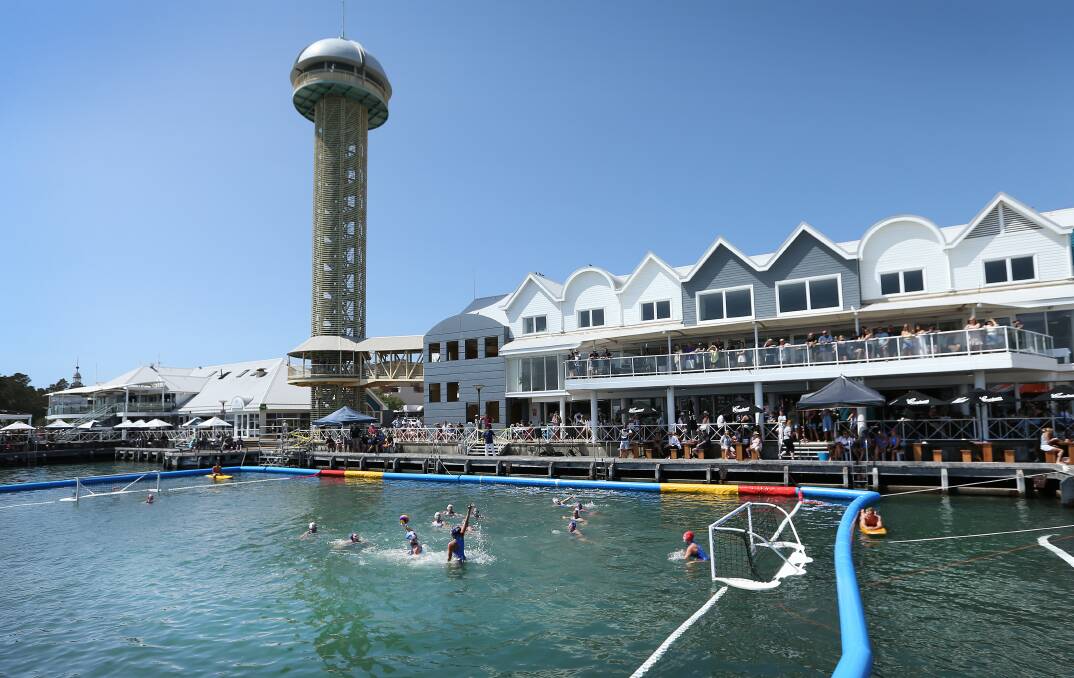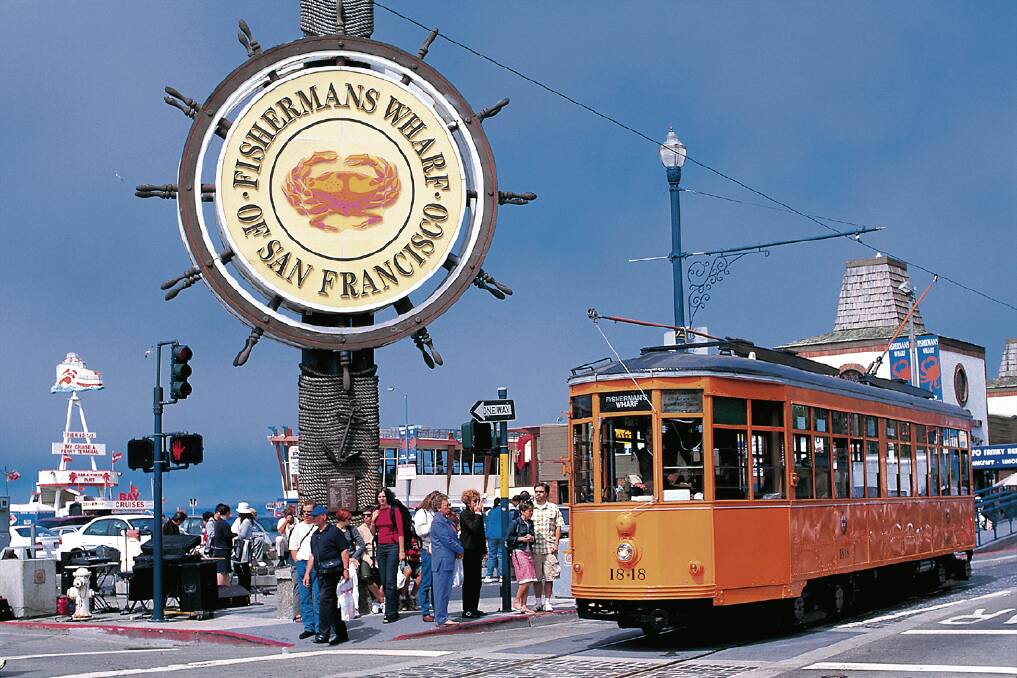
THE ultimate goal is literally a straightforward one.
Subscribe now for unlimited access.
or signup to continue reading
“Try to put your mind into the perspective of a resident or visitor who doesn’t speak English,” Newcastle Tourism Industry Group’s Will Creedon says.
“If you’re here for three days, how do you find [the attractions]?”
“We have to be more than Anglo-Saxon. We need to build lighthouses along the path.”
The issue at hand is how to guide a city visitor to discover the desire paths Novocastrians have developed through the years, the natural veins linking the city’s attractions, Mr Creedon says, and we need to give tourists directions to find them without using words.
It’s the underpinning concept that makes the foreshore between Wickham and Nobbys a key part of the Newcastle Visitor Economy Vision, a long-term document for the city revealed in Saturday’s Newcastle Herald.
The document pinpoints eight projects that could form the bedrock of a “turbocharged” tourism industry decades on in the hopes of igniting a discussion about the city’s priorities. It envisions the harbourside as the first step in a loop of attractions that could define the city to visitors.
The first of the document’s “game-changers” is creating a playground on the harbour’s edge that rivals the best in the world. The examples cited in the tourism document include Brisbane’s Southbank, Darwin’s harbour and San Francisco’s Fisherman Wharf.
Mr Creedon said the city precinct, which he envisions as including the former train station and Market Street lawn, forms a natural meeting point in Newcastle’s landscape. “From a city planning point of view, the natural centre is Queens Wharf,” he said. “San Francisco recognised this about Fisherman’s Wharf, and that’s why there’s 12 million visitors there today.”
“If you think about how we showcase Newcastle, we have a picture of Nobbys, the harbour. What else do we have, without words, that represents Newcastle beyond Novocastrians?”
“I’m saying let’s investigate what that can be for Newcastle.”

As the curtain closes on the Queens Wharf tower, that waterfront hub is at a crossroads that could invigorate the conversation around its future. Mr Creedon said the operators in the area had coveted knowledge on how it should progress.
NTIG chief executive Gus Maher said there was also a parallel for the Californian city attraction and the uniquely Newcastle version that could emerge.
“It highlights and capitalises on a part of our heritage that doesn’t always get mentioned and that’s our fishing industry,” he said. “Looking to our future doesn’t mean we have to discard the past.”
That fishing heritage and atmosphere has helped establish the San Franciscan attraction as a gourmet dining area, the Visitor Economy Vision document notes. “A new public/private partnership is required to bring the project to fruition – through partners with the vision and resources to deliver a large-scale urban development opportunity,” it notes. It lists water recreation, hotel development, magnet attractions and food and beverage as key elements.
Mr Creedon’s concept for a foreshore “lighthouse”, or a guiding light for visitors unfamiliar with the city, is a simple one. “It’s a symbol to draw attention,” he said.
“It has to be able to be touched, it has to be a site for photos, it has to create imagination, it must leave a memory and it needs to create aspiration,” he said.
“[Queens Wharf] is an area that can do that.”
“Every ship that comes in, it will form a memory forever not only for the people on it, but for all those walking, cycling and on the tram.”
He said the specifics of how the area were open to the best ideas. While those operating in the area would be key stakeholders, Mr Creedon said the site warranted a global eye to ensure it took the best possible shape as a beacon representing the city.
“Even if we are happy with what’s there now, let’s investigate what other people could do there,” he said.
Mr Creedon said it also needed to be a space that offered residents and visitors a boost with interactivity.
“What I mean by that is children of all ages, the 90-year-old child or the nine-year-old, needs to be able to get in the water,” he said. “There’s lots of little enclaves there.”
Hunter Development Corporation’s Michael Cassel said there was a possibility for more aquatic interaction at the Wickham end of Honeysuckle as the public space was reshaped.
“I don’t know about swimming … but I will say we are looking and thinking hard about how you get some steps down into the water,” he said.
Newcastle council’s Jeremy Bath was open to the prospect of more water interaction but warned the working harbour must take priority, while Property Council chairman Neil Petherbridge said one of the area’s magnet attractions could be a surfing museum.
Mr Petherbridge suggested a hotel could boost accommodation stocks while the harbour and coast itself could be used more. “They’re [dive sites] just out behind the ocean baths, that’s how far you’d have to go,” he said. “There’s sunset cruises, shark diving in cages - all sorts of things you can do.” He said he believed they could work amid the port’s business. “You have just got to pick the right spots,” he said.
- This is the second part of a Newcastle Herald series this week exploring the eight game-changing projects from the Newcastle Visitor Economy Vision.


